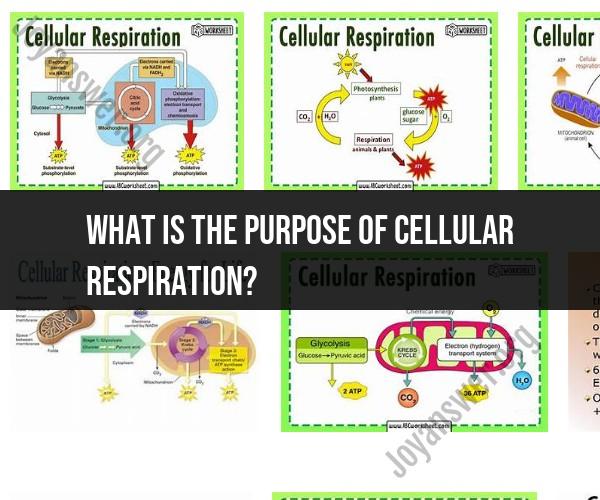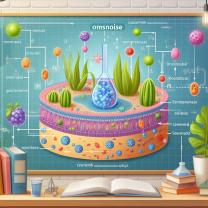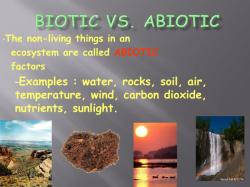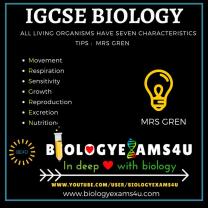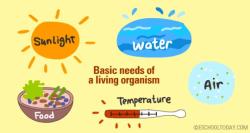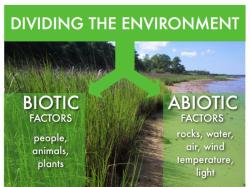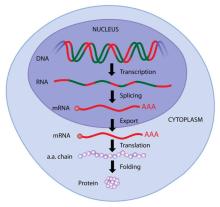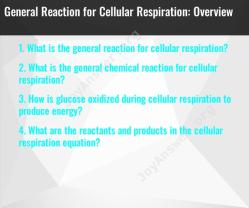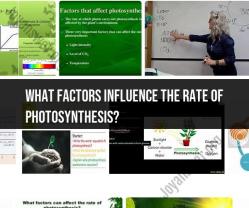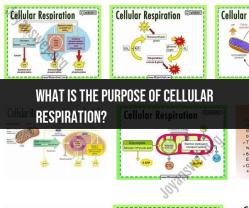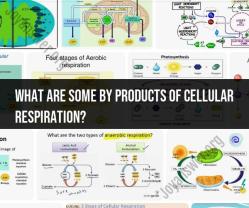What is the purpose of cellular respiration?
The purpose of cellular respiration is to generate energy in the form of adenosine triphosphate (ATP) within cells. ATP is the primary energy currency of cells, and it is essential for various cellular processes and functions. Cellular respiration occurs in three main stages: glycolysis, the citric acid cycle (Krebs cycle), and the electron transport chain. Here's how each stage contributes to energy generation:
Glycolysis:
- Glycolysis is the initial stage of cellular respiration and occurs in the cytoplasm of the cell.
- During glycolysis, one molecule of glucose (a six-carbon sugar) is broken down into two molecules of pyruvate (a three-carbon compound).
- The process of glycolysis involves a series of chemical reactions that produce a small amount of ATP directly. However, the primary purpose of glycolysis is to generate electrons (in the form of NADH) that will be used in the subsequent stages of cellular respiration.
Citric Acid Cycle (Krebs Cycle):
- The citric acid cycle takes place in the mitochondria of the cell.
- Each pyruvate molecule produced in glycolysis enters the citric acid cycle after being converted into acetyl-CoA.
- During the citric acid cycle, acetyl-CoA is oxidized, leading to the production of carbon dioxide, additional NADH and FADH2 (electron carriers), and a small amount of ATP.
- The primary role of the citric acid cycle is to further extract energy from the carbon molecules and produce high-energy electron carriers (NADH and FADH2) for the next stage.
Electron Transport Chain (ETC):
- The electron transport chain occurs on the inner mitochondrial membrane.
- Electrons carried by NADH and FADH2 are transferred through a series of protein complexes within the ETC.
- As electrons move through the chain, they release energy, which is used to pump protons (H+ ions) across the mitochondrial inner membrane, creating an electrochemical gradient.
- The flow of protons back into the mitochondrial matrix through ATP synthase enzyme complexes generates ATP through a process called chemiosmosis.
- Oxygen acts as the final electron acceptor, forming water when it combines with electrons and protons at the end of the chain.
In summary, the primary purpose of cellular respiration is to extract energy from glucose and other organic molecules to produce ATP, which serves as the cell's energy currency. This energy is used to power essential cellular functions such as active transport, muscle contractions, DNA replication, and protein synthesis. Without cellular respiration, cells would lack the energy required to carry out these vital processes, and organisms would not survive.
